
In 2018 scientists documented the first evidence of water ice on the Moon that was trapped in the bottom of craters at the north and south poles locked in perpetual shadow. Discovery of the ice created new questions. While the craters are protected from direct sunlight, they aren’t shielded from solar wind. The ionized particles from the Sun is highly erosive and, unlike the Earth, the Moon has no magnetic shield to protect it. By some peoples’ reckoning, the solar wind should have destroyed the ice long ago.
In research presented at the Lunar and Planetary Science Conference last month, University of Arizona scientists shared their map of magnetic anomalies, regions of the lunar surface with unusually strong magnetic fields, reports LiveScience.
These anomalies may serve as tiny magnetic shields.”These anomalies can deflect the solar wind,” Lon Hood, a planetary scientist at the University of Arizona, told Science. “We think they could be quite significant in shielding the permanently shadowed regions.” more “Do Small Magnetic Fields Protect Pockets of Lunar Ice?”

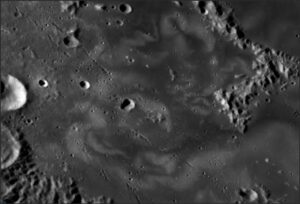
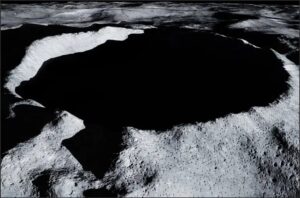
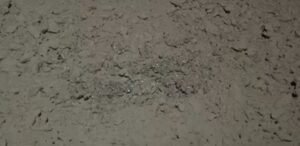
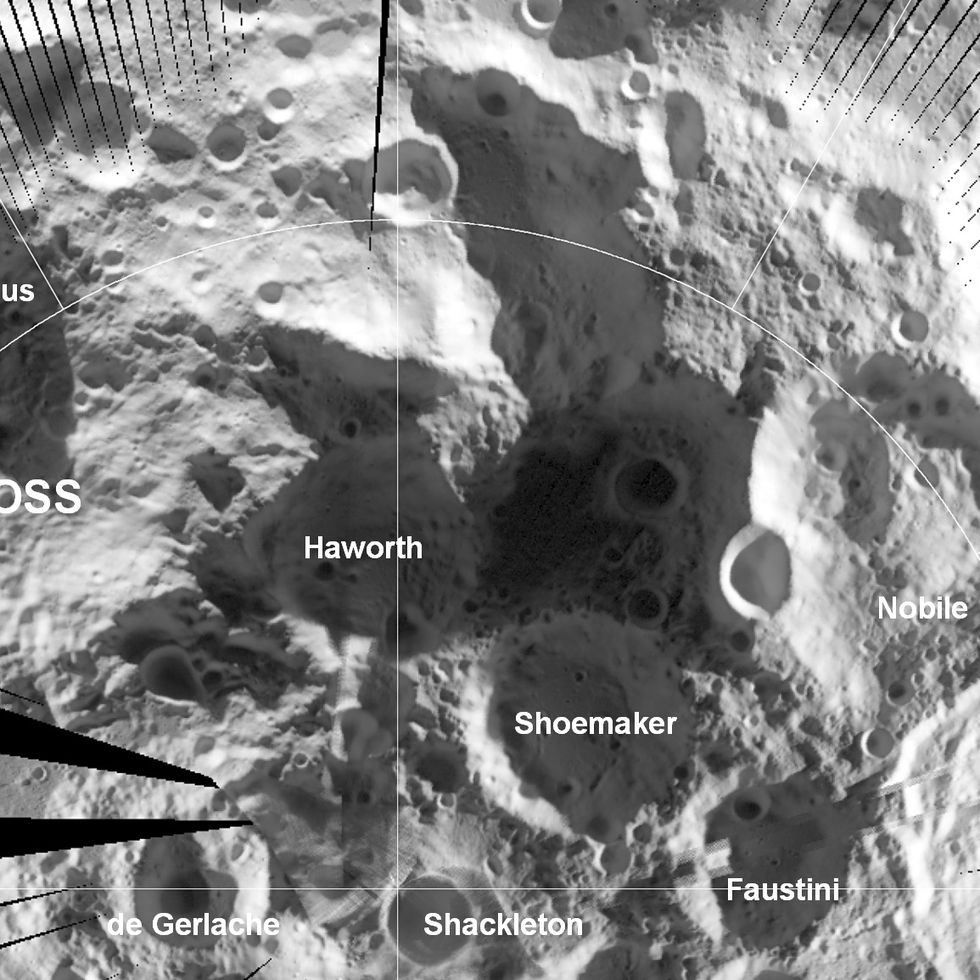
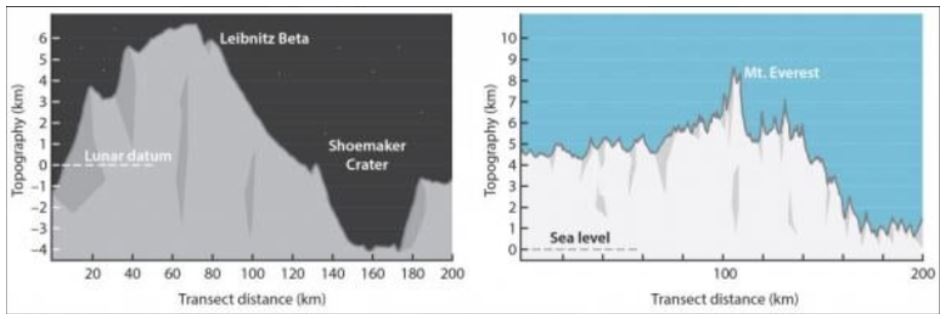
 After the solar system formed 4.6 billion year ago, an object slammed into the Moon and formed a 620-mile-wide indentation now known as the Crisium basin. Scientists examining the region say they’ve spotted a crater within the basin that appears to contain pristine impact melt of volcanic rock, reports
After the solar system formed 4.6 billion year ago, an object slammed into the Moon and formed a 620-mile-wide indentation now known as the Crisium basin. Scientists examining the region say they’ve spotted a crater within the basin that appears to contain pristine impact melt of volcanic rock, reports 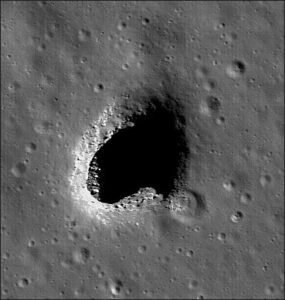
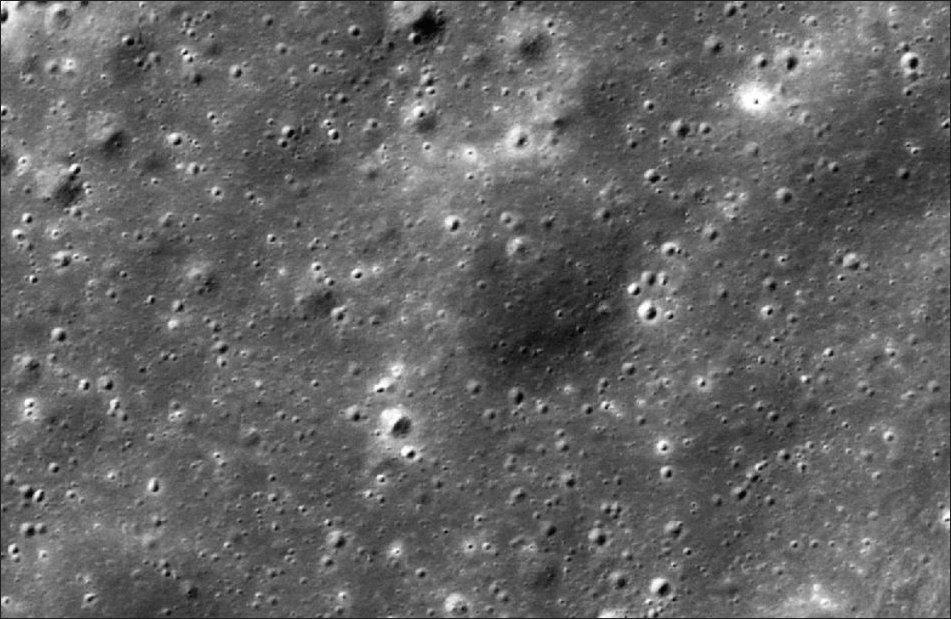
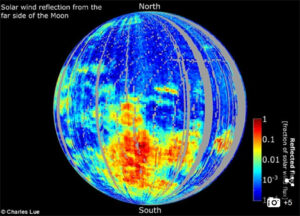
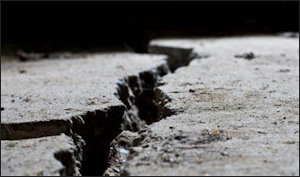 In 1972 America’s astronauts left seismic sensors on the Moon. Gathering data for five years, they transmitted evidence of 12,000 moonquakes, reports
In 1972 America’s astronauts left seismic sensors on the Moon. Gathering data for five years, they transmitted evidence of 12,000 moonquakes, reports